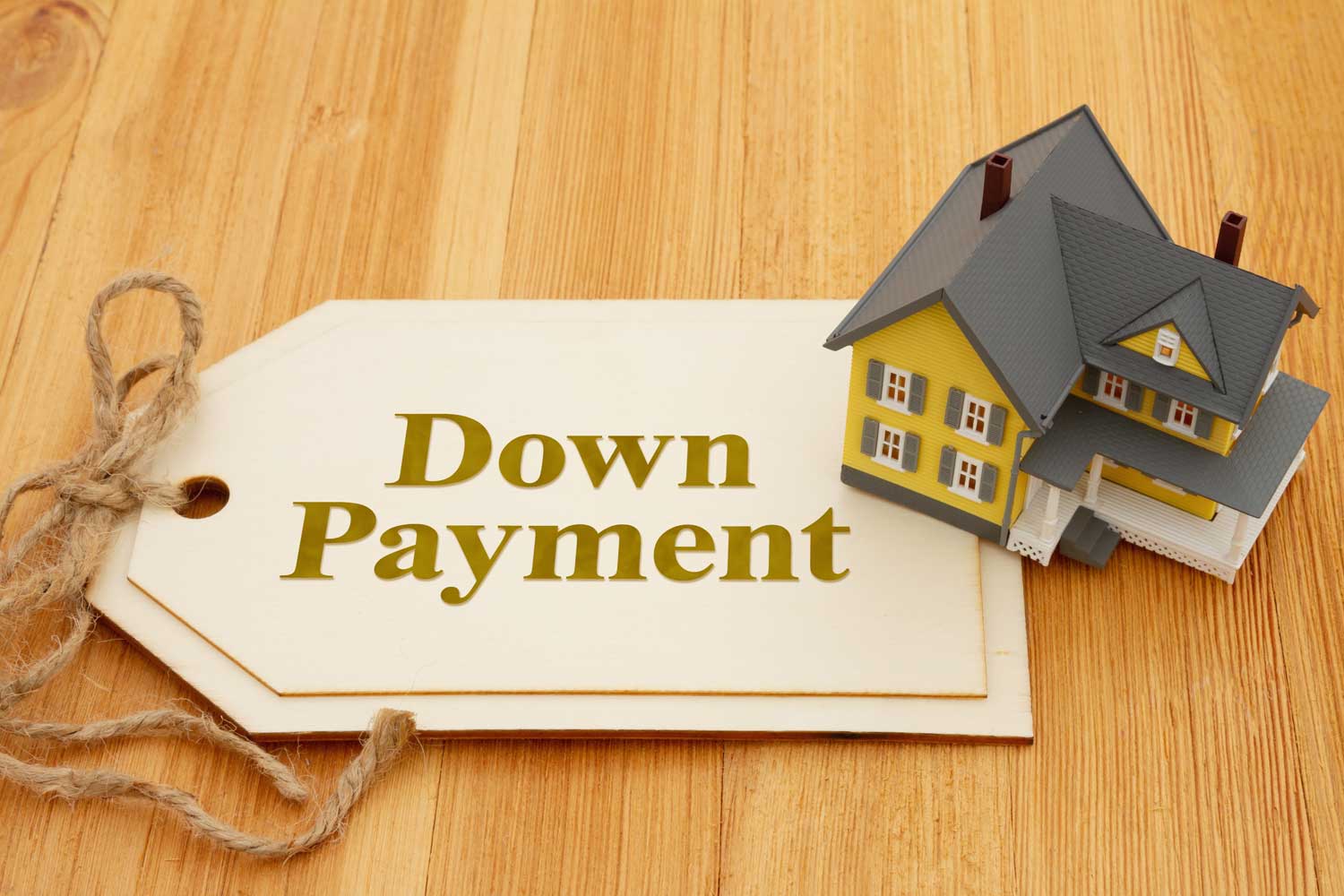We all have property dreams. We aspire to own the perfect family home. We envision a dwelling or house that matches our every want and wish. Then something happens. We encounter financial problems. The mortgage application process becomes difficult as reality hits us hard. Fortunately, there’s help. If you’re seeking the property you’ve always wanted, don’t let the process daunt you. A mortgage broker can help you pursue a home that meets your needs, with a mortgage you can afford.
What is a Home Equity Line of Credit (HELOC) Loan?
A Home Equity Line of Credit (HELOC) is a type of secured revolving credit that allows homeowners to borrow against the equity they’ve built up in their property. Unlike a traditional home equity loan, where you receive a lump sum upfront, a HELOC functions more like a credit card with a predetermined credit limit. You can draw funds as needed and only pay interest on the amount you borrow.
How Does a HELOC Work?
- Application and Approval: To obtain a HELOC, homeowners need to apply through a lender, just as they would for a mortgage or any other loan. Lenders evaluate various factors, including creditworthiness, loan-to-value ratio, and the amount of equity in the home.
- Credit Limit: Once approved, you are granted a maximum credit limit, typically based on a percentage of your home’s appraised value minus the outstanding mortgage balance. For example, if your home is worth $300,000 and your mortgage balance is $150,000, you might be eligible for a HELOC with a credit limit of up to $90,000 (assuming a 80% loan-to-value ratio).
- Draw Period: HELOCs usually have a draw period, during which you can access funds as needed, similar to a credit card. This period often lasts for 5-10 years, during which you can borrow and repay repeatedly.
- Repayment Period: After the draw period ends, the repayment period begins. During this time, you can no longer withdraw funds, and you must start repaying both principal and interest on the outstanding balance. Repayment terms vary but typically range from 10 to 20 years.
- Interest Rates: HELOCs often have variable interest rates tied to a benchmark like the prime rate. This means that your monthly interest payments can fluctuate, potentially affecting your overall borrowing costs.
When to Consider a HELOC
- Home Improvement: Many homeowners use HELOCs to fund home improvement projects, such as renovations, repairs, or additions. These projects can increase the value of your home, making it a sound investment.
- Emergency Fund: HELOCs can serve as a financial safety net for unexpected expenses like medical bills or urgent home repairs.
- Debt Consolidation: You can use a HELOC to consolidate high-interest debt, like credit card balances. By doing so, you may save on interest costs and simplify your monthly payments.
- Education Expenses: Some homeowners use HELOCs to finance their children’s education or their own further studies. The flexibility of a HELOC can make it a practical choice for educational expenses.
- Investment Opportunities: Savvy investors may use a HELOC to fund other investment opportunities, like purchasing rental properties or stocks. However, this strategy comes with higher risk and should be approached cautiously.
Pros and Cons of HELOCs
Pros
- Flexibility: You can access funds as needed during the draw period.
- Potentially Lower Interest Rates: HELOCs often have lower interest rates compared to other forms of unsecured debt.
- Tax Deductibility: In some cases, the interest paid on a HELOC may be tax-deductible, but consult a tax professional for guidance.
- No Interest on Unused Funds: You only pay interest on the amount you borrow, not the entire credit limit.
Cons
- Variable Interest Rates: The fluctuating interest rates can lead to unpredictable monthly payments.
- Risk of Losing Your Home: Defaulting on a HELOC can result in the loss of your home through foreclosure.
- Closing Costs: Similar to a mortgage, HELOCs may have closing costs, which can add to the overall expense.
- Potential for Over-Borrowing: The ease of accessing funds can tempt some homeowners to overspend and accumulate more debt.
Conclusion
A Home Equity Line of Credit (HELOC) can be a valuable financial tool for homeowners, offering flexibility and access to funds based on the equity in their homes. However, it’s crucial to use HELOCs responsibly and consider your financial goals and circumstances carefully. Before taking out a HELOC, it’s wise to consult with a financial advisor or mortgage specialist to ensure it aligns with your long-term financial strategy and to understand the potential risks and benefits involved. When used wisely, a HELOC can provide a valuable source of funds to achieve various financial goals and enhance your overall financial well-being.






